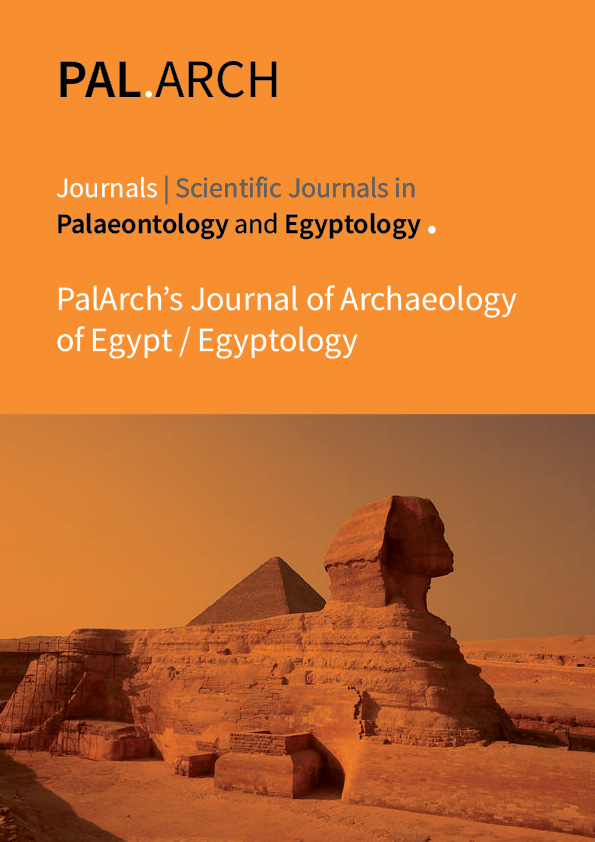THE RIVERS AS DEPICTED INTHE BRĀHMAṆA LITERATURE WITH SPECIAL REFERENCE TO SARASVATῙ
Abstract
The Brāhmaṇas form a part and parcel of the vast Vedic literature and are generally
designated as later Vedic literature. ‘Brāhmaṇas’ stands for a huge mass of prose texts which
contains speculations on the mantras, precepts for the application of mantras in different
sacrifices. The term Brāhmaṇahas been variously interpreted. It has come from the word
Brahmaṇ which means both the mantra and the brāhmaṇa or the priestly class who are versed
in the Veda. A river is a natural flowing watercourse usually freshwater, flowing towards an
ocean, sea, lake or another river. In some cases, a river flows into the ground and becomes dry
at end of its course without reaching another body of water. River has been used as a source
of water for obtaining food, transport, as a defensive measure, as a hydropower to drive
machinery for bathing and as a means of disposing of waste. Amongst rivers, Sarasvatī
occupied that position in the Vedic age which is occupied by the Ganges in the Post-Vedic
age from the point of sanctity. The centre of gravity of Aryan civilization was shifting from
the North-west to the eastern regions in the later Vedic age. In the Ṛgvedic age, the cradleland
of Aryan civilization was located in the land of the traditional Pañca-janas in the Punjab
and extended eastward to the region bordered by the rivers Sarasvatī and Dṛṣadvatī, the home
of Bharatas.Here in this paper a discussion is made on the various rivers as found in the
Brāhmaṇas.Here, it is to be noted that except some information on Sarasvatī, there is a little
bit of information on the other rivers in the Brāhmaṇas. Though, the information regarding the
river Sarasvatī is very little, but it has given the emphasis on the identification of Sarasvatī
with Vāk.



